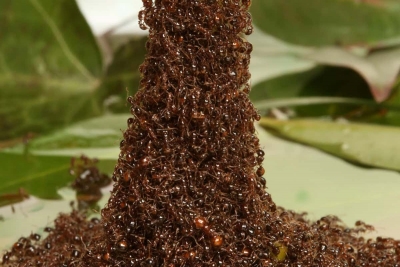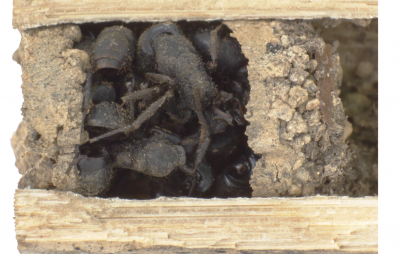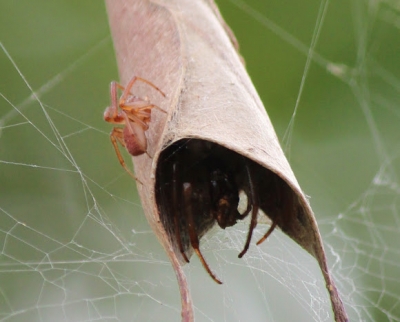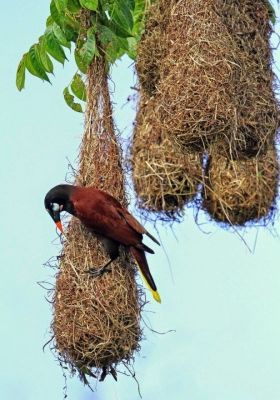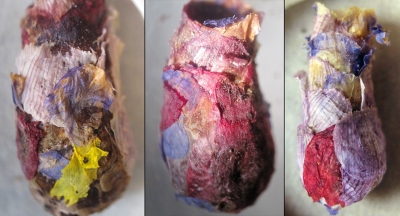
Mosquitoes buzzed around even when dinosaurs roamed the earth. By sucking blood and carrying parasites of crippling diseases, these creatures have ravaged human populations, especially in Africa. Mosquito bites have caused the death and disability of millions of people, ruining the economy of some countries:
Weaponized
Mosquitoes have been used as a biological weapon during wars. According to Winegard, the Nazis purposely re-flooded the Pontine Marshes around Rome and Naples in Italy to reintroduce mosquitoes, and they spread malaria in that part of Italy during World War II. The soldiers fighting the Nazis got malaria and had to be sent back.
With all the science and technology we have now, why are we not eradicating mosquitoes?
Here is why:
They’re everywhere
Mosquitoes are everywhere – in swamps, forests, fields and homes – 110 trillion of them. They are global, and have been around for 100 million years. They are great survivors, “masters of evolutionary adaptation.” They are resilient, which means they can adapt to different weather conditions and terrains. They withstood “global showers” of DDT spray, and five types of mosquitoes are now immune to this pesticide. We all have defences in our body against disease. In the same way, mosquitoes have developed immunity to survive our attempts to kill them off.
Untiring work
Still, a lot of work has been done to tackle this relentless insect. Funding is available for research on mosquito-borne disease. Mosquito nets are given out in large numbers to people. Insecticides and malaria drugs are distributed in counties that cannot afford them. Doctors say death from malaria, the major disease caused by mosquitoes, has decreased across the world. However, there is an increase in the incidence of Zika, West Nile, and dengue.
Governments are low trying biological control of mosquitoes. This is to avoid use of pesticides. In this method, fish are bred in ponds where mosquitoes lay eggs. The fish eat the larvae. There are also plants that kill mosquito larvae. But these have had only limited success in keeping down mosquito numbers.
Climate crisis
Mosquitoes thrive when we create the right environment for them – by rearing animals and plants close to our homes, cutting down trees, letting water stagnate and keeping sewage channels open. Climate change, which is now a serious crisis, also helps breed mosquitoes. “Increased temperatures mean a longer breeding season for mosquitoes,” said Winegard in an interview.
“Canada has seen a 10% increase in mosquito-borne disease in the last 20 years. In the southern US, we’ve seen domestic cases of Zika, chikungunya, and even dengue in the last 10 years. So if temperatures rise around the planet, which increases the risk of spreading disease.”
Picture Credit : Google




